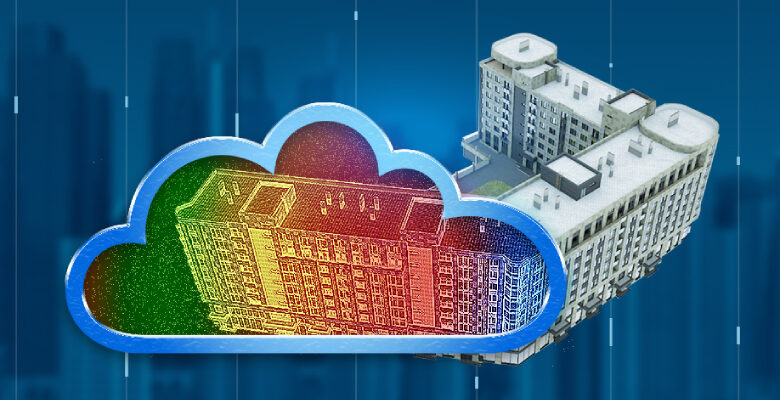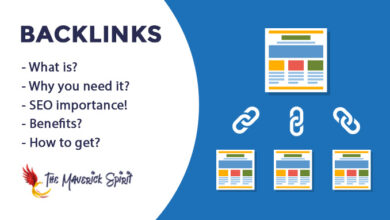Title: How is Point Cloud to BIM Modeling beneficial for Renovation projects?

Renovation projects mostly involve unique challenges in the field for the AEC professionals. Data collection is a crucial procedure for renovation projects and its manual execution might lead to erroneous information gathering. This might lead to increased time consumption, longer turn-around times, and added project expenses for the client. Point Cloud to BIM Modeling is a technology that gathers significant information without any site hassle. Data clarity leads to improved workflows, enhanced decision-making, and a higher level of efficiency.
Scan to BIM models play a vital role in renovation projects due to the unavailability of original project drawings and measurements. A 3D model is developed with millions of point clouds converted to information-rich project models, leading to accurate and precise geometry-based designs. These models present detailed information about the existing conditions of the building with accurate dimensional data. This information provides accurate reference points for project monitoring and auditing for renovation purposes.
Point Cloud to BIM modeling empowers contractors to conduct detailed building analysis and identify differences between as-designed and as-built models incorporating the right set of tools. These insights lead to smarter and more informed decision-making for renovation work. The renovation costs have soared up to 50% in the last decade compelling contractors to walk a tightrope on resource consumption. A detailed visualization of the entire renovation area with Scan to BIM services provides accurate insights about the scope and project specifications, resulting in minimal design iterations.
What is Point Cloud Technology?
Point cloud technology uses a 3D representation of any space or object with points positioned on visible surfaces using laser beams. Rather than opting for manual data gathering or using rudimentary techniques, the point cloud provides information about the project by converting these points into useful data. Point cloud models accurately depict the characteristics of any object or space in a 3D virtual plane using proper point density and resolution.
Common Challenges of Renovation and Restoration Projects
Similar to multiple construction challenges faced by new buildings, renovation projects also have their unique challenges:
- Ensuring no damage to complex historical and architecturally acclaimed monuments.
- The ongoing facilities such as healthcare, manufacturing units, airports, or others, should function undisturbed from renovation work.
- The dimensioning and layout assessment require multiple site visits, draining a huge amount of available resources, capital, and time.
Read More: Revit Scan to BIM Services: Augmenting Design for Interior Designers
Benefits of Point Cloud to BIM for Renovation
Point cloud models converted to Revit 3D models enable the architects, designers, surveyors, engineers, and contractors to execute better renovation work. Enlisted are some of the benefits of using Point Cloud to BIM modeling for your next renovation project:
- Better Time Optimization and Project Management
Point cloud technology allows project architects, engineers, and construction teams to scan, build, and tweak 3D models or ‘digital twins’ of physical locations that are detailed and interactive. It enhances the efficiency of architectural design and enables sophisticated model building using data based on real-time dimensions of the space. The point cloud scan limits the time required to conduct site surveys for renovation projects and reduces the total number of site visits, resulting in better time optimization. The scanned data can be used at all phases of a construction project, ensuring streamlined project management.
- Iterative Design
Iterative design is a process of prototyping, testing, analyzing, and refining a particular design. Point cloud to BIM modeling supports the iterative design process and simplifies the renovation work for the project team.
Scan to BIM can now use initial parameters and constraints to develop a whole new concept and compare the output with the intended design objectives. It can be incorporated by AEC companies for varying project scales, saving time and money in the process.
- Higher level of Accuracy and Precision
One of the major challenges with renovation projects is the need to know where to begin while analyzing the existing structure. Point cloud to BIM modeling delivers a higher level of accuracy and precision than any manual process.
The utmost accuracy and explicit data collection eliminate the need to reconsider the details before starting the construction work. It allows designers and contractors to accurately document the site with precise dimensions, simplifying the design process later. Since all team members are on the same page, it leads to enhanced communication and collaboration with every member having access to the necessary data about the project.
- Intelligent Design Development
The stakeholders can leverage high-definition point clouds to BIM modeling Services for developing design models with as-built data collected through point clouds. The accuracy of Scan to BIM 3D models results in the informed placement of structural building elements like beams and columns for appropriate retrofitting and restoration of the building. The availability of existing site data eliminates the hassle of frequent site visits and surveys, minimizing work delays and project expenses.
- Honing the project post construction
The latest design technology and computer-aided designing are inclusive of various design features, collaborations, shop drawings, functional data, and operational manuals that streamline the project documentation. Point cloud technology is a step ahead of the BIM process facilitating a building design process using 3D models.
The BIM model not only reflects the initial design but also what was built on site, feeding invaluable data for future maintenance and operations to the project facilities. The Scan to BIM services also entail information about the concealed spaces and document the construction process with every update in the proposed design while executing.
Why is it preferable to use LiDAR for Renovation projects?
The term ‘LiDAR’ first proposed in the 1960s, originated from the combination of the words – Light and Radar, and is currently being used as an acronym for Light Detection and Ranging. LiDAR is a remote sensing technology used to conduct site mapping and develop 3D site models and maps. It uses UV or near-infrared light to measure the spatial relationships of elements and the time taken by signals to bounce off these elements and reach back to the scanner.
Using LiDAR for renovation projects will provide highly accurate dimensioning and measurements after site mapping, due to the availability of multiple points produced by the scanner while scanning the site. The dimensional accuracy leads to enhanced work quality and precise execution on site.
Conclusion
The recent years have seen a rapid rise in Point Cloud technology for both design and renovation projects. A detailed building assessment provides clarity of scope and specifications for the entire renovation project and paves the way for minimal iterations.
The reliance on point cloud technology is increasing to execute resource-optimized and high-quality restoration and renovation of projects. Integration of point cloud models with BIM provides ample benefits to the renovation industry.
Cloud processing delivers accurate, faster, reliable, and affordable point cloud registrations, resulting in an emerging data ecosystem. The use of Point Cloud for BIM modeling services is progressing to establish real-time communication, leverage speed, and enhance collaboration in a BIM environment.



